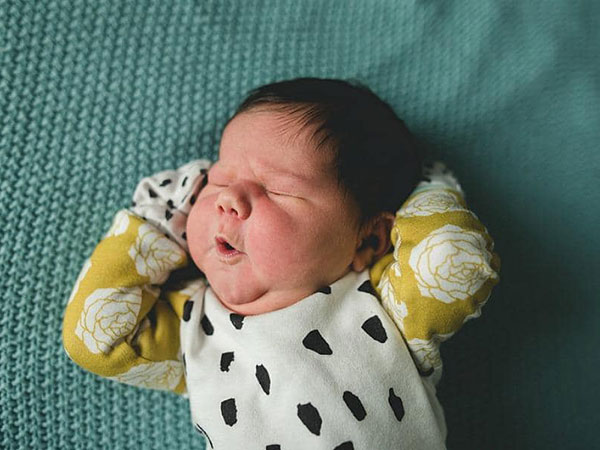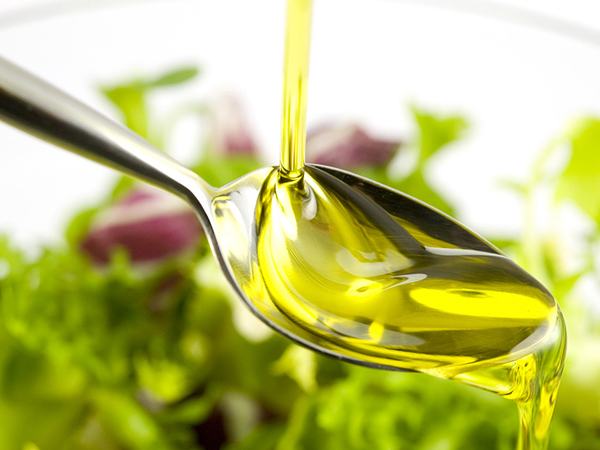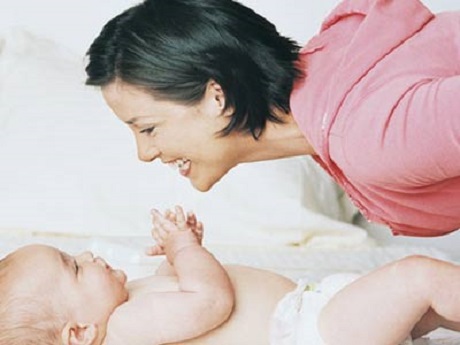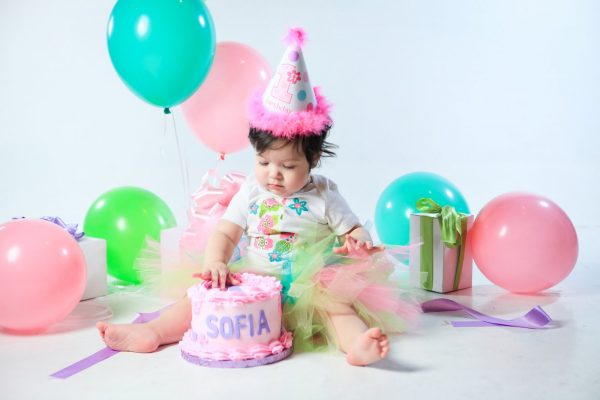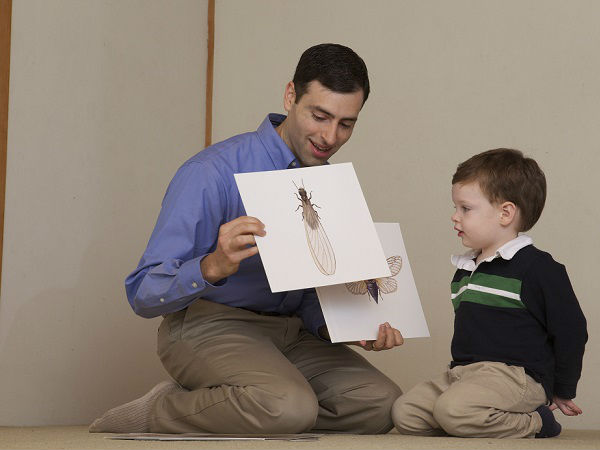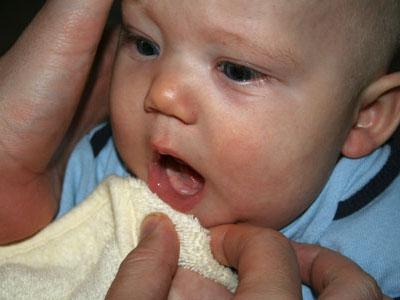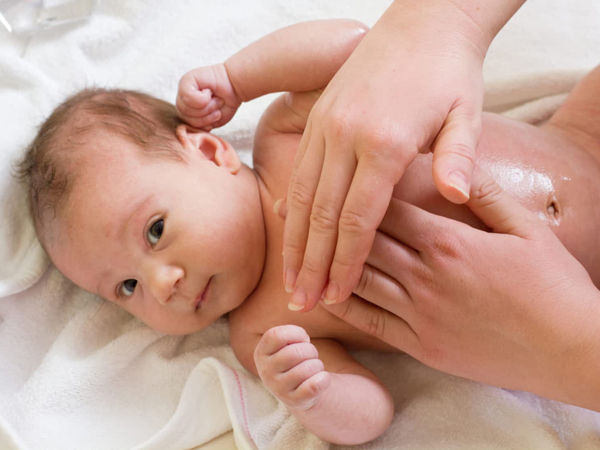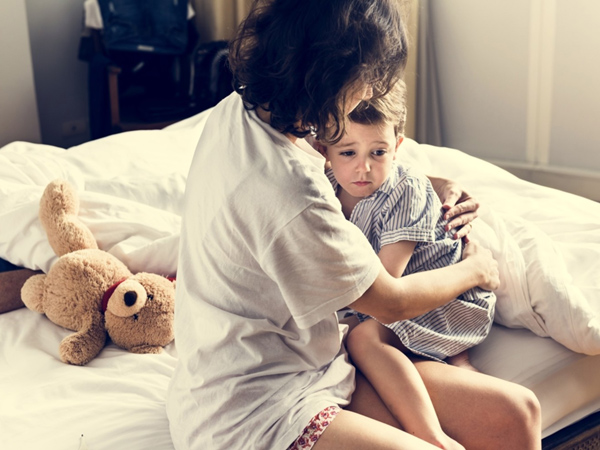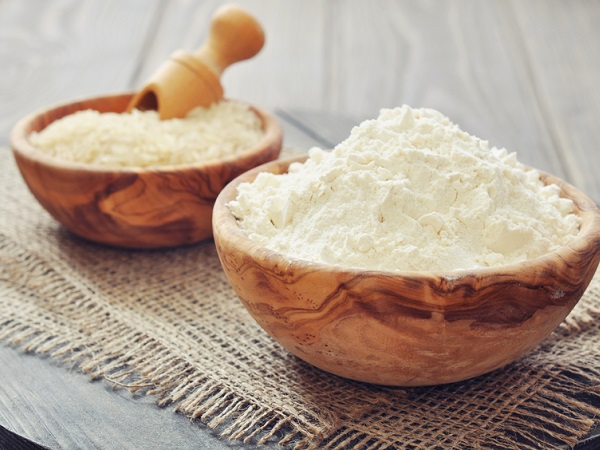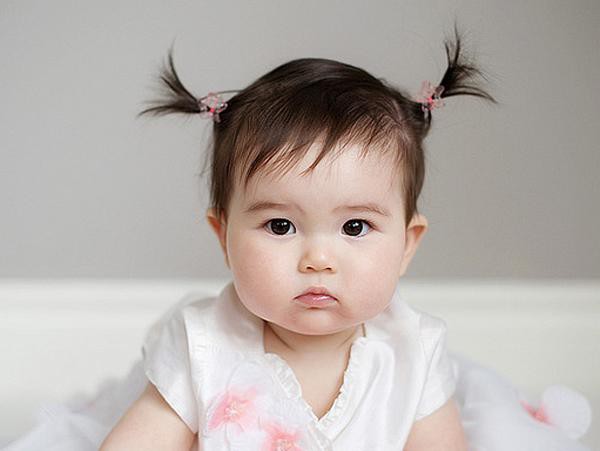Children who get a 5-in-1 shot with a fever are common. Babies often have a low fever or high fever of about 39 degrees together with signs of fatigue, fussiness, struggles ... making mothers feel worried and insecure.
content
Why do children who get a 5-in-1 vaccination have a fever?
Signs of abnormality after a 5-in-1 injection
In case of not getting the 5-in-1 vaccine
Child care after 5-in-1 injection
The 5-in-1 vaccine is also known as Quinvaxem vaccine, a combination vaccine capable of preventing 5 dangerous diseases including: diphtheria, pertussis, tetanus, hepatitis B and pneumonia / inflammation. Meningitis is caused by the Hib bacteria. Using the 5-in-1 injection will help your baby reduce the number of shots needed as well as save time and ensure safety.
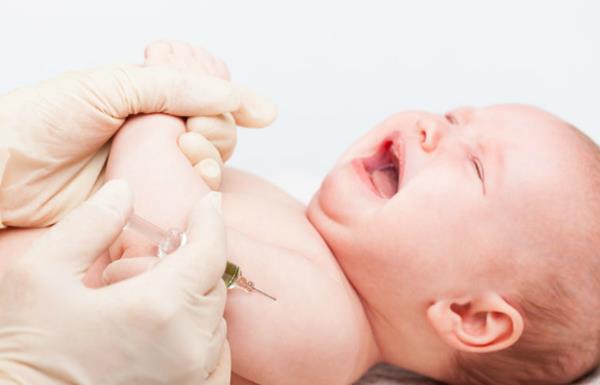
How should a child who gets a 5-in-1 vaccination with a fever need care? Consult now, mom
Why do children who get a 5-in-1 vaccination have a fever?
The efficacy and safety of the 5-in-1 vaccine has been confirmed by the World Health Organization, but like other vaccines, when a 5-in-1 injection also brings side effects to the baby. Accordingly, the child may have a low fever, high fever, pain or swelling at the injection site, fussy ... This usually goes away on its own after 1 to 2 or 3 days.
Fever is a natural reaction of the body and is very common after vaccination, depending on the location of each baby will have different specific symptoms. However, most children, after getting the 5-in-1 vaccination, have fever due to whooping cough component. This is a whole-cell pertussis component (which retains the bacterial structure) can cause more reactions, but only in mild, severe reactions are rare so mothers should not be too worried. This component helps the body create a firmer, more effective immune foundation in the prevention of whooping cough.

Child vaccinations: The shots are indispensable! Infants with poor resistance are very susceptible to infectious diseases, and vaccination is the safest way to protect them. Immunizations help prevent the spread of disease and help protect children and babies from dangerous complications. Right now, vaccinations can protect babies against 12 diseases ...
Signs of abnormality after a 5-in-1 injection
Although fever is a fairly common condition after vaccination, if the baby develops the following abnormalities, the mother needs to take the child to the clinic or hospital as soon as possible.
Children with a fever over 39 degrees
Seizures, screaming, fussy crying continuously
Poor suckling, stop breastfeeding
Difficulty breathing, cyanosis, lethargy
Common reactions last for several days
These reactions will go away when detected early and treated promptly, so parents need to monitor the baby's health for at least 24 hours after injection.

Tips for mothers 7 great ways to reduce pain when vaccinating children Revealing the tips to reduce pain when vaccinating children have been studied and proven safe and effective. Rescue your baby from a nightmare called "vaccination" now, mom!
In case of not getting the 5-in-1 vaccine
Although the shot is quite important to help children prevent disease, but for children with a history of strong reactions to previous vaccines, the 5-in-1 injection should not be given. Specifically, as follows:
Children have high fever continuously for 2 days after injection, it is very difficult to reduce fever
The baby's body has anaphylaxis
Seizures and may or may not be 3 days after injection
Do not give vaccination to infants under 6 weeks of age because the vaccine is ineffective due to immunity from the mother
Child care after 5-in-1 injection
Vaccination is very important, so mothers need to prepare especially carefully to ensure that the baby is healthy enough to perform the injection. Experts recommend that immediately after the injection is completed, the mother and baby need to stay at the medical facility for at least 30 minutes to monitor the situation.
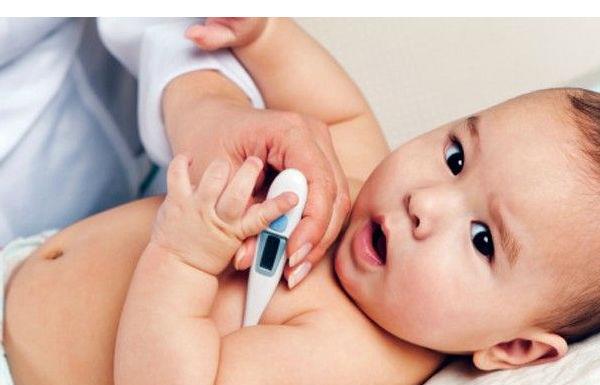
Mom needs to regularly measure the baby's temperature to monitor body temperature after vaccination
When you go home, if you see signs of fever, you need to take your baby's temperature regularly, let him lie in a cool place, wear loose clothes. Many mothers worry when their children have a fever, they immediately give medicine, but oral fever-reducing medicines are not good for children, especially for babies. Therefore, mothers need to perform the following simple ways to help their baby cool down:
Wipe yourself with a warm towel, especially baby's armpits, feet, hands and groin
Strengthen breastfeeding, drink water to replace the lost water when fever or, can use oresol or dilute salt porridge
Use ice to apply cold compresses to the inflamed area to help ease the discomfort and pain
Bathing with warm water is also a way to reduce fever and comfort. Note: Must shower quickly and the water temperature is about 2 degrees lower than body temperature
For children with high fever, need to reduce fever quickly, fresh lemon is an effective measure. Just cut the lemon into thin slices and rub gently on the body, along the spine
Perilla leaves have very good antipyretic effects. Mother should eat about 1 handful of perilla leaves a day before injection and breastfeed. Or crush the water, cook with porridge for children to drink
In case a child vaccinated with a 5-in-1 has a high fever, the mother should not give fever-reducing medicine without a doctor's guidance.
When you have a fever, the digestive system will function worse so you need to feed your baby with liquid, easy to digest
Fever is a common response to a vaccination. Therefore, mothers do not need to worry too much when the 5-in-1 injection is feverish. Only when your child has a persistent high fever, or unusual manifestations, should you take your baby to the hospital for examination.
